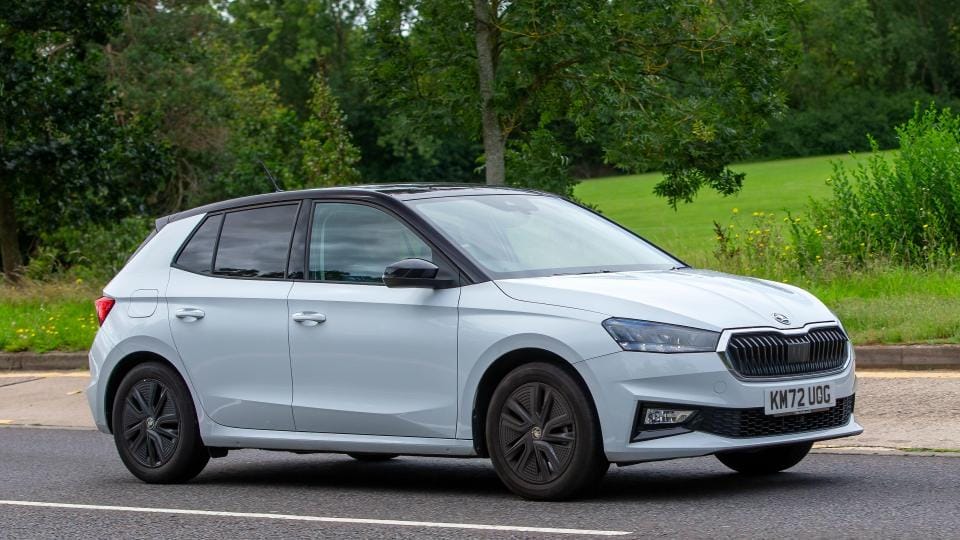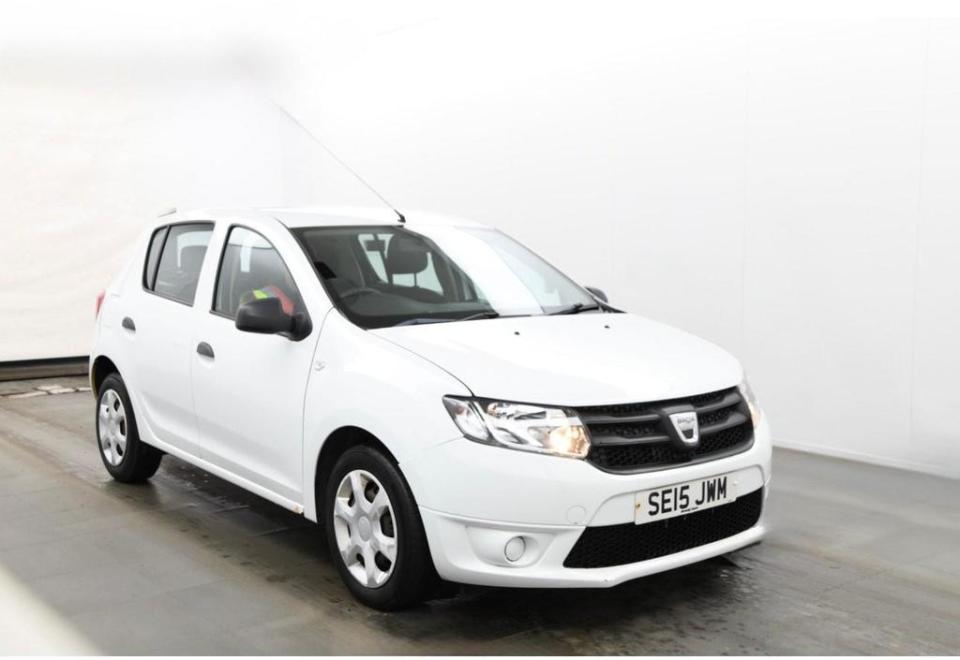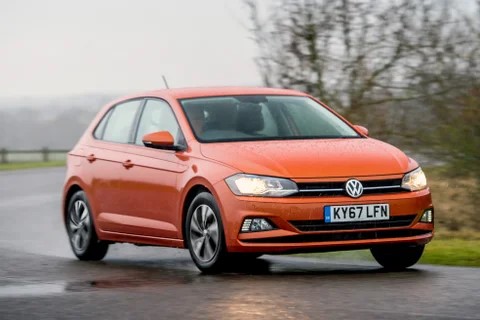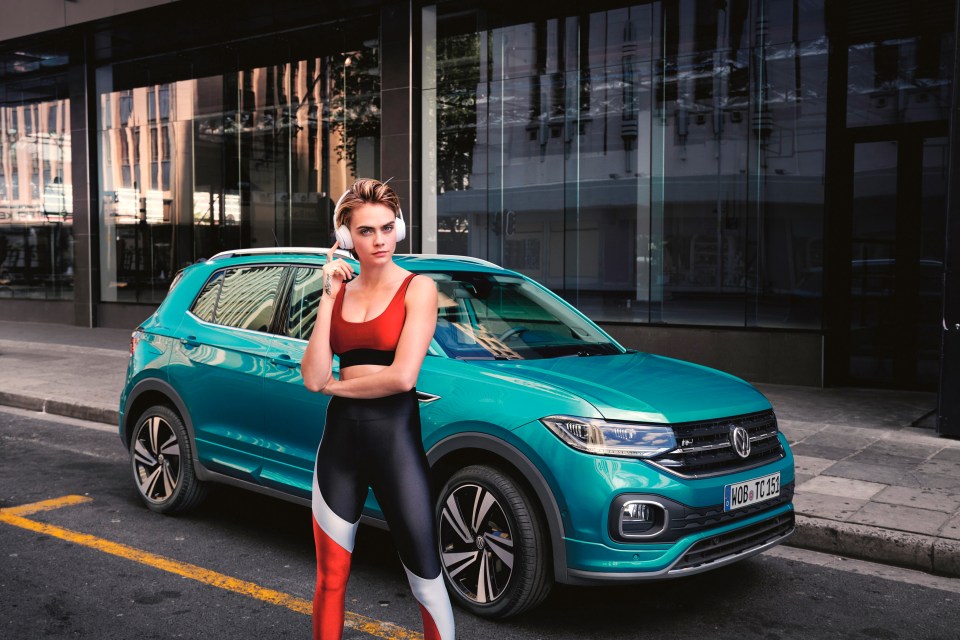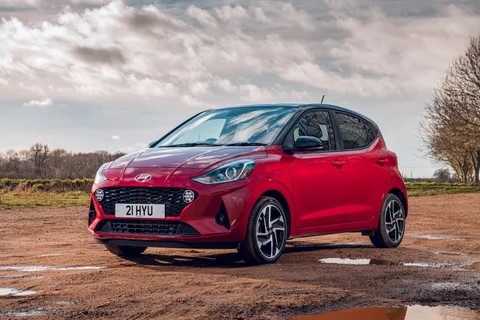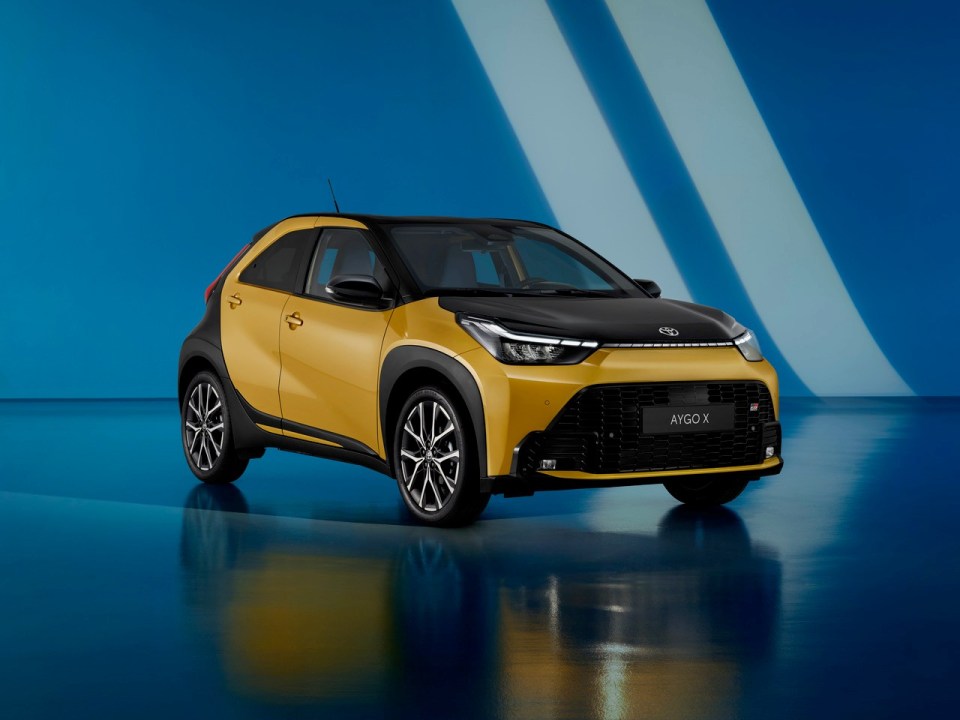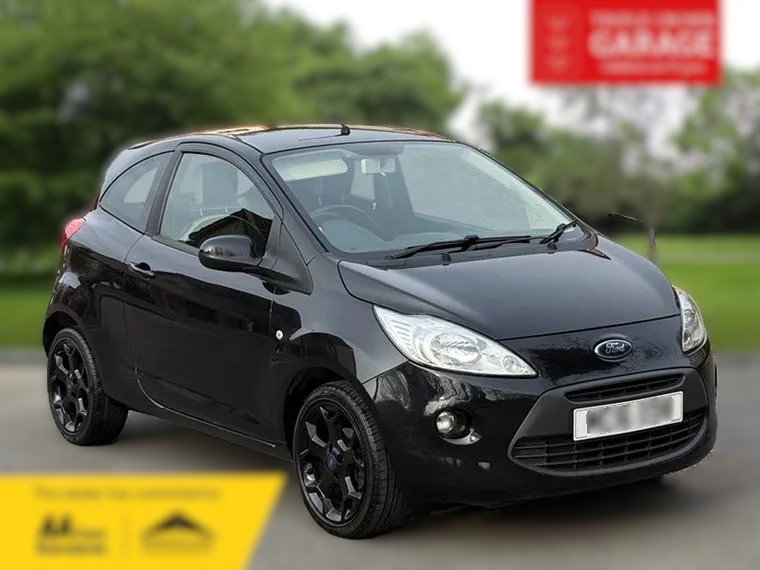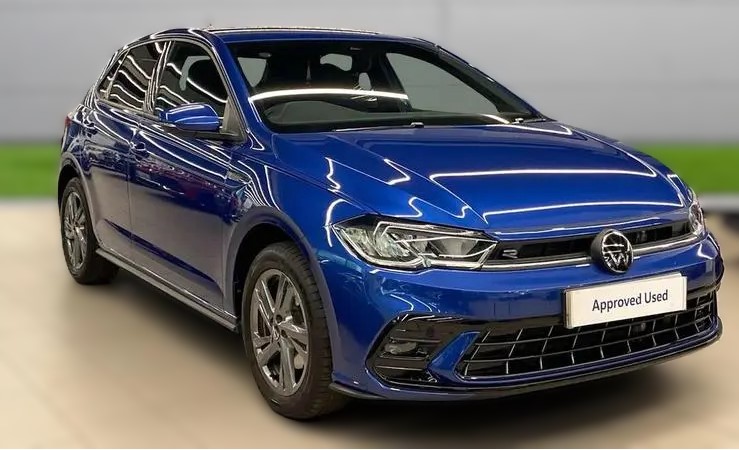Some breakdown policies have limits on the amount they will pay out if a car cannot be fixed at the roadside, meaning drivers could be left out of pocket if it needs to be recovered to a garage
Motorists planning a continental jaunt are being cautioned that they might end up dipping into their own pockets if they don’t review any restrictions on their breakdown assurance.
Upon examining 291 policies, financial guru Defaqto has found that almost a third (31%) of them set a ceiling for individual claims at less than £3,500.
Should the cost of getting a car back on the road or mended surpass this figure, policyholders may need to shell out the excess themselves. Defaqto highlights the importance of checking whether there’s also an aggregate cap for all claims under the policy.
In instances where a vehicle fails before leaving and can’t be fixed promptly, hiring a substitute motor is essential.
Alas, Defaqto’s findings report that merely over a third (34%) of plans actually accommodate for the costs of hiring a car prior to departure, potentially leaving some travellers with hefty bills even before they hit the road.
READ MORE: Major UK travel announcement could see end of £18billion problem
This analysis, which was conducted in early June, included various European breakdown cover options such as separately sold “standalone” policies, those bundled with comprehensive car insurance, “short-term” covers specific to particular journeys, and perks offered with certain bank accounts.
Travellers caught unawares overseas might encounter local law enforcement or authorities calling upon an approved vehicle retrieval service.
Defaqto’s research reveals that a notable 16% of these breakdown covers do not compensate for such recoveries, cornering drivers into unforeseen expenses.
If your motor conks out while you’re on holiday and can’t be fixed within a day, many policies will offer “journey continuation” cover to help with the cost of alternative transport like public transport or hiring a car.
Defaqto’s research found that just over a third (35%) of policies cap these costs between £500 and £999.
Close to two-fifths (38%) of policies put a limit on the number of breakdowns you can claim for during the policy term.
READ MORE: ‘I visited the UK’s undisputed best seaside town – it’s massively overrated’READ MORE: ‘I spent years pretending to be UK celeb on cruises – people always mistake me for him’
Motor insurance guru at Defaqto, Mike Powell, commented: “If you are going on holiday in Europe this summer, buying motor breakdown insurance may not be the first thing you think about. But if you are taking your own car, it is essential to understand what the policy covers so you are not hit with a large bill if things go wrong.”
He added, “While price is often a major factor in choosing a policy, it is even more important to look closely at the cover provided and the limits that apply. The cheapest policy may end up costing you more in the long run.”
Mike Powell also offers some savvy advice for those planning to drive around Europe:.
- Double-check your breakdown cover before setting off. Ensure your policy includes European cover and pore over the fine print to grasp what’s covered and what’s not.
- Get clued up on local driving regulations. Each country has its own set of driving laws and requirements. Jot down essential contact numbers, including your insurer and local emergency services, and know the drill for motorway mishaps.
- Factor in additional costs. If your cover limit is insufficient, you may find yourself footing the bill for services like towing, car hire or onward travel.
- Keep your documents at the ready. This might encompass your driving licence, insurance certificate, logbook, passport and any pertinent health cards or visas.
- Ponder having the car serviced prior to the holiday. A pre-holiday check-up could help prevent motor breakdowns from occurring in the first place.














